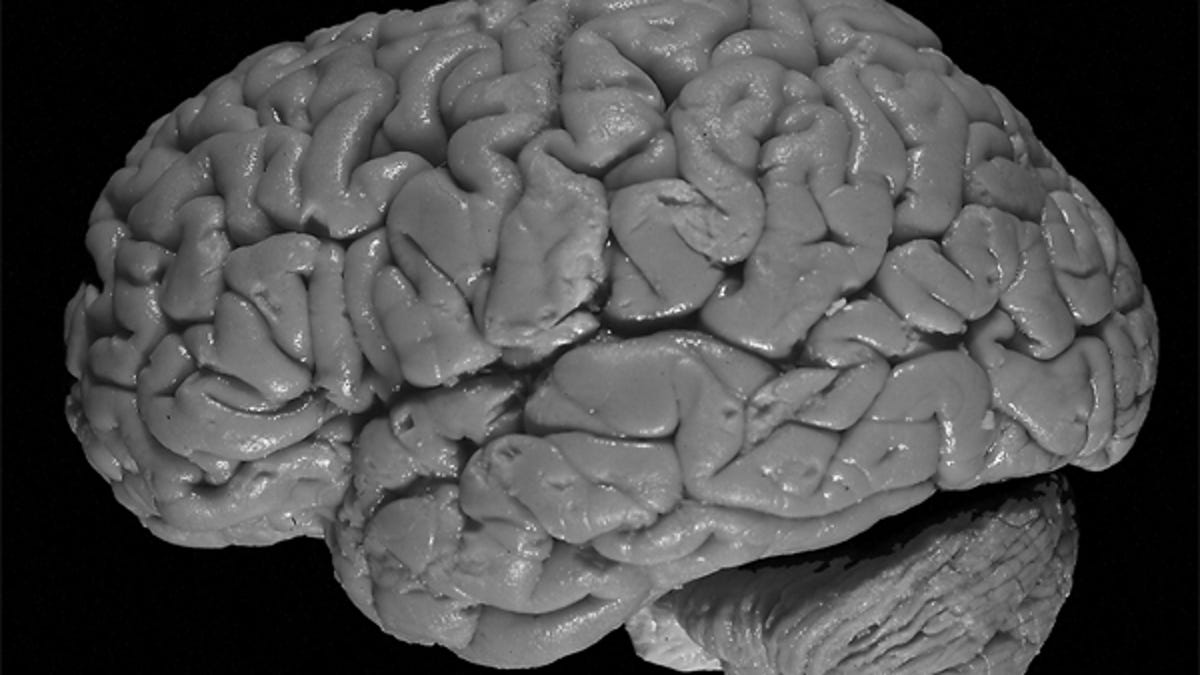Scientists try to create lab-grown brain
In a significant step up from lab-grown kidneys and livers, scientists are now trying to bioengineer brains.

(AD versus CO image by Hersenbank, CC BY-SA 3.0)
In a significant step up from lab-grown kidneys and livers, scientists are now trying to bioengineer brains.
Scientists have been making great strides in growing organ tissue in a lab from stem cells. Just this year, we've seen a functional kidney and liver, even veins.
The brain, however, is a rather different matter. It's significantly more complex, thanks to the neural matrix. Although nerves have been grown in a laboratory setting, the way neural cells grow is so complex, and understanding the brain so challenging, that trying to reproduce the process in a lab seems next to impossible.
A team of researchers led by Paolo Macchiarini and Silvia Baiguera at the Karolinska Institute in Stockholm, Sweden think they may have an answer.
Lab-grown organic tissue is usually created from a scaffold -- a basic structure, bare of genetic material. This is then seeded with new cells, which grow the replacement organ.
To attempt to grow brain tissue, the team believed a gelatine scaffold seeded with rat brain tissue, stripped of its cells, would provide enough biochemical cues so that the brain can grow as it normally does in natural conditions. When they then added mesenchymal stem cells taken from another rat's bone marrow, they found that the stem cells had started to develop into neural cells.
We can't imagine there's a lot one could do with a complete brain (although we suspect that's a failing of our imaginations more than anything), but the team believes that, if the process could be developed and shown to work, it could be used to treat neurodegenerative diseases such as Parkinson's and Alzheimer's, the symptoms of which are the result of brain cell death. Of course, that's still a long way off.
"We expect that a patient's central nervous system cells could migrate into the implanted scaffold, adhere to it, grow and contribute to neural tissue regeneration," Macchiarini said.
The full results of the study can be read online in ScienceDirect under the headline "Electrospun gelatin scaffolds incorporating rat decellularized brain extracellular matrix for neural tissue engineering".

